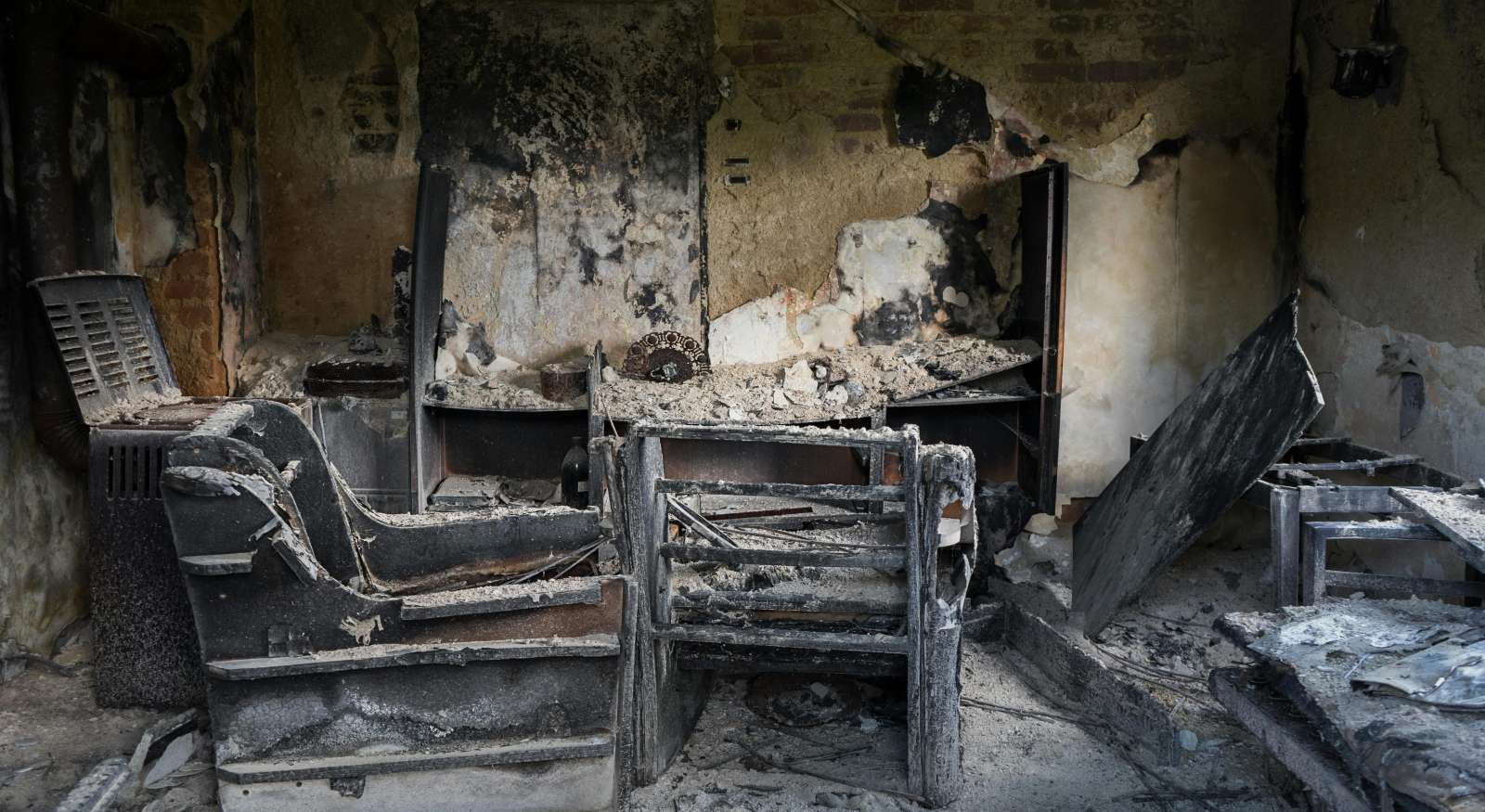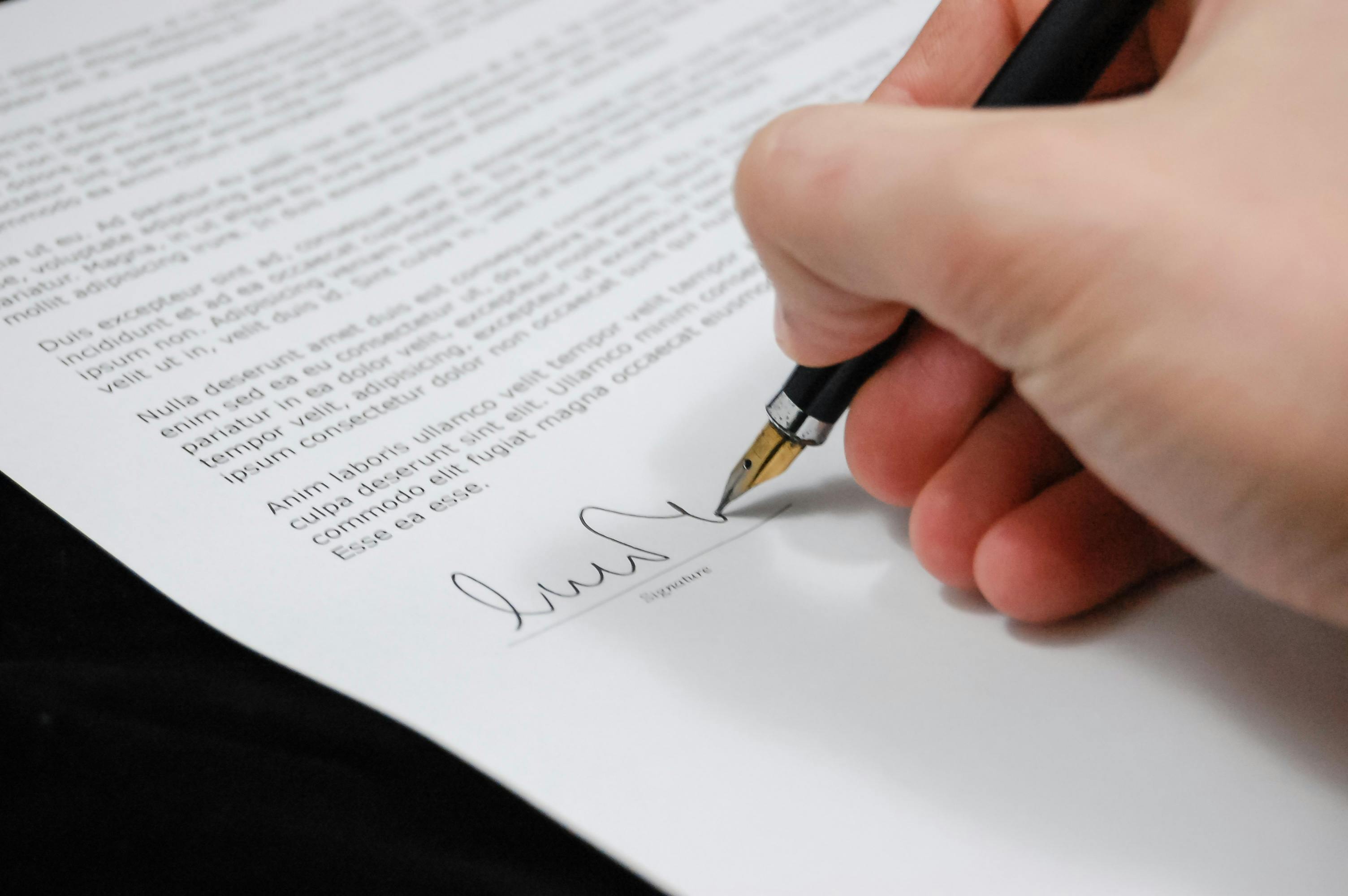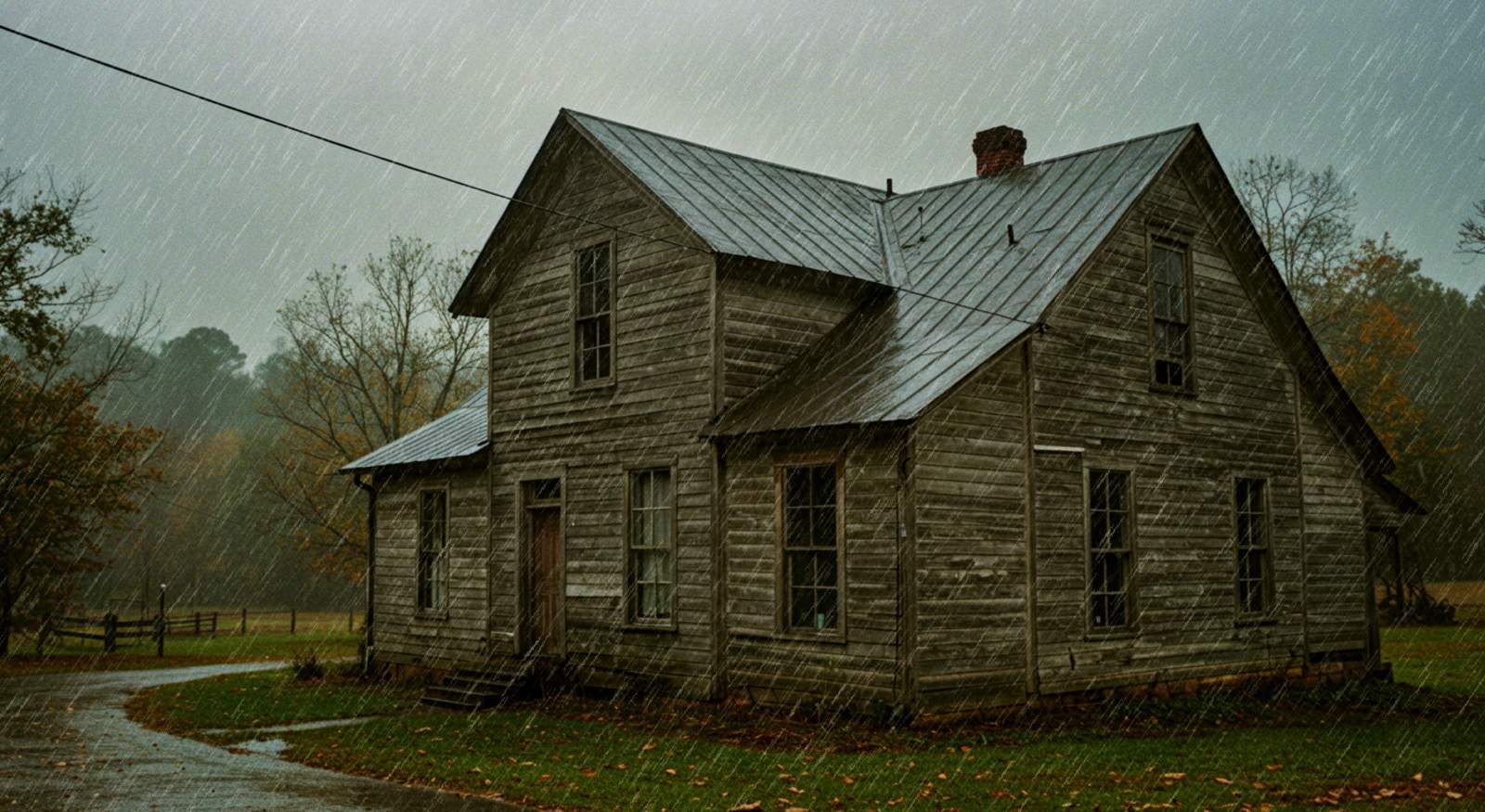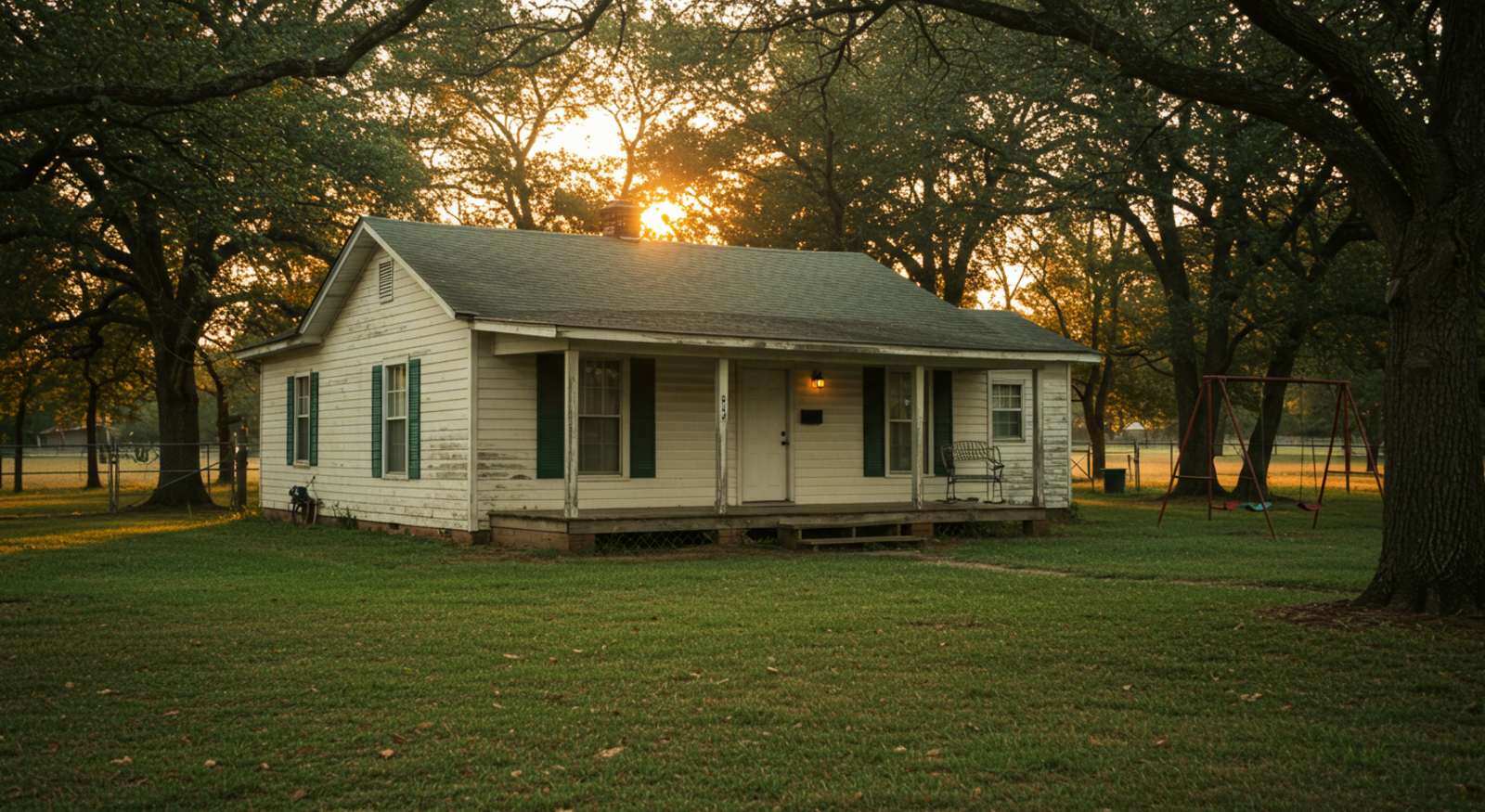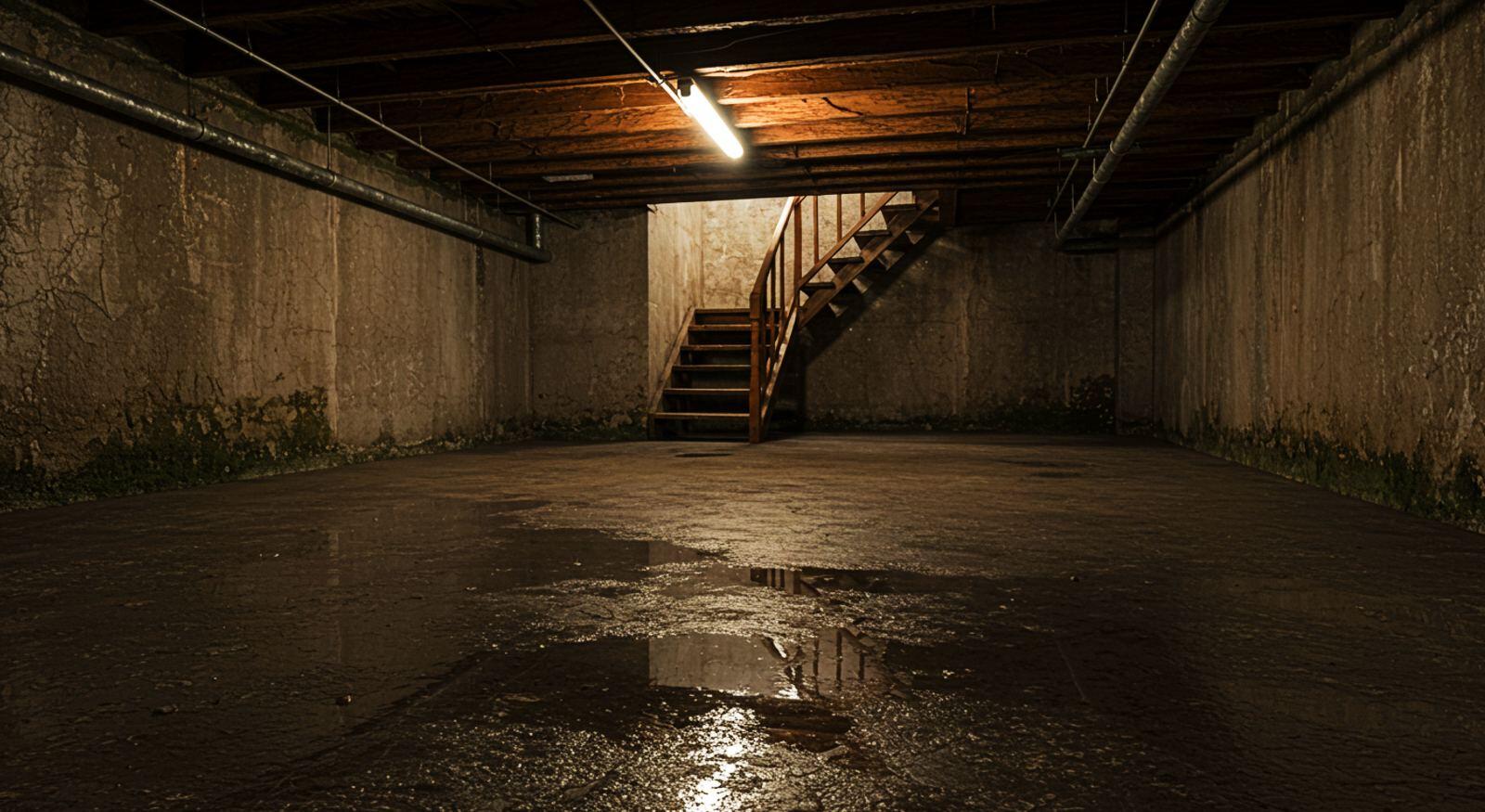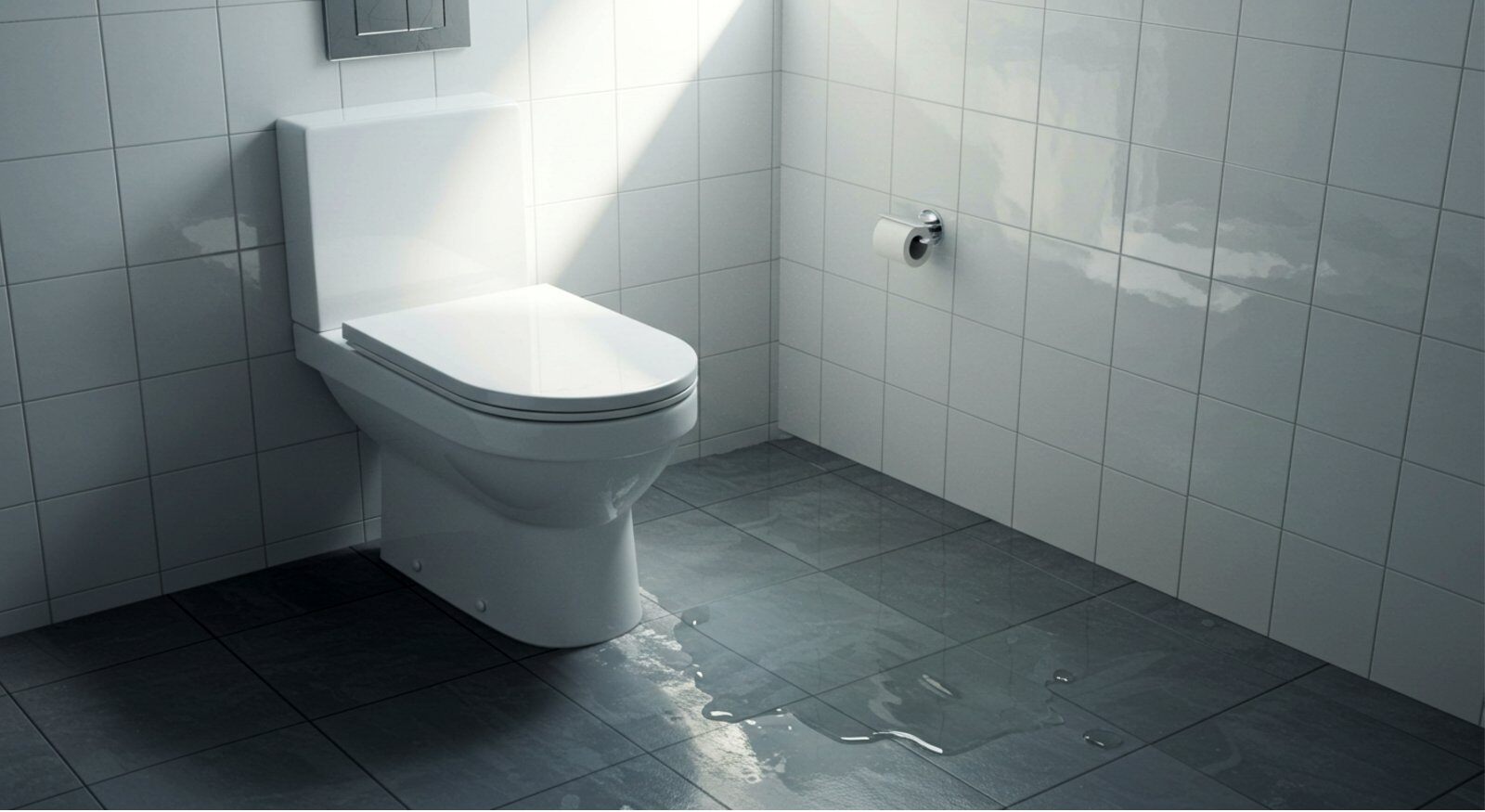Fire and Flood Restoration: Dos and Don’ts
June 9th, 2025
4 min read
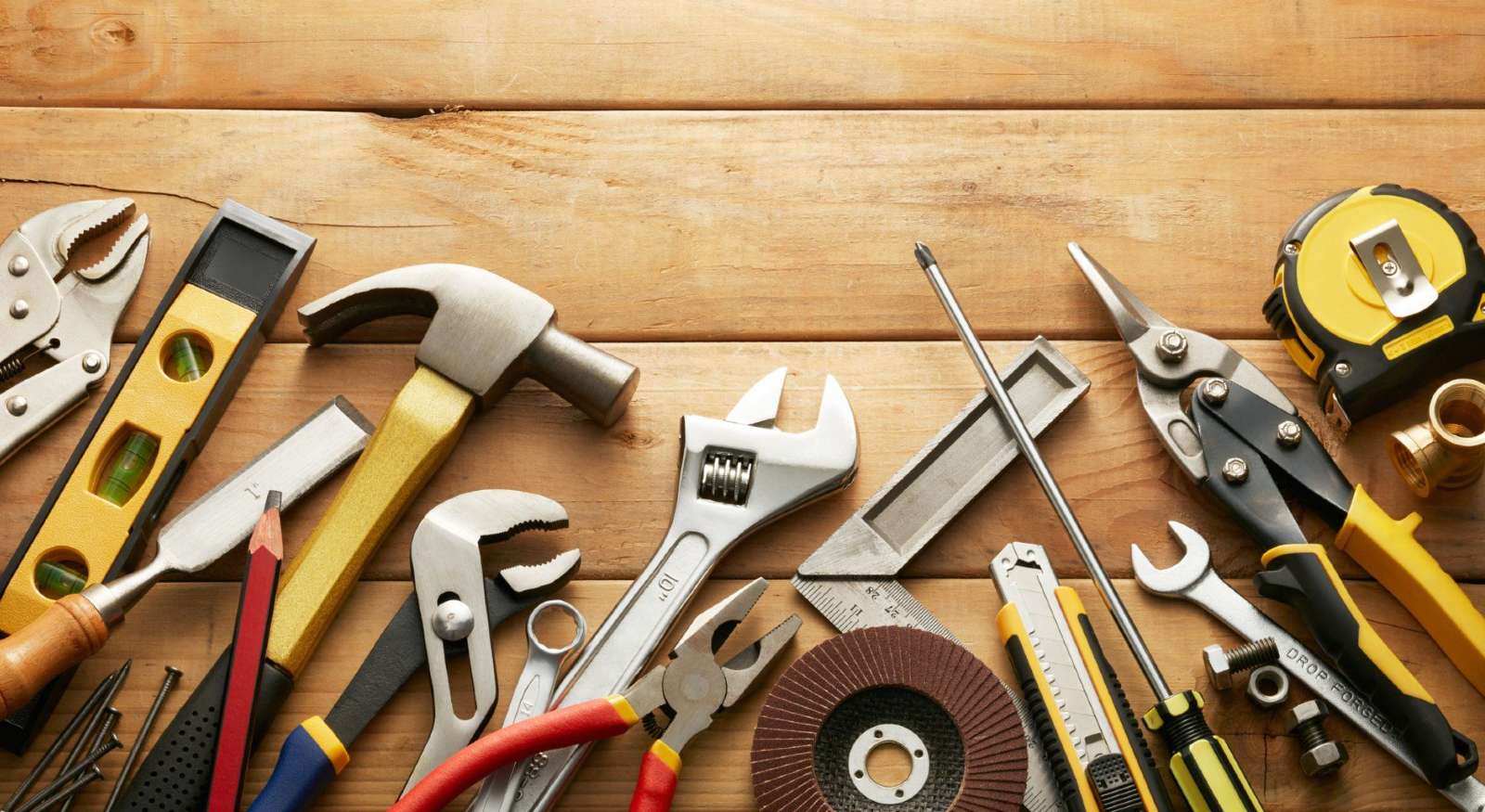
Once the flames die down or the water recedes an important task remains: the recovery process. You are probably asking yourself, "What do I do now?" It wouldn't be uncommon to feel lost and overwhelmed.
But it doesn't have to be that way. At Restore-It, we have helped hundreds of South Arkansas homeowners get their homes back from a fire or flood. We will also teach you how to deal with the aftermath.
This article will guide you through the crucial first steps after a fire or flood. We'll outline what actions to take immediately, what to avoid, and how to protect yourself and your property. We'll cover everything from safety precautions and damage assessment to dealing with insurance and emotional stress. Let's work together to turn this disaster into something manageable.
Your Immediate Actions After a Fire or Flood
When dealing with the aftermath of a fire or flood in your home, you may have many questions, such as, "Is anything salvageable?" or "How do I even begin to fix this?" However, your number one priority should always be safety. Here is how to protect yourself:
- Leave Immediately: If the fire is still burning or the water is rising, get out. Your life is more important than anything inside.
- Call for Help: Dial 911 if needed. Time is critical in emergencies.
- Wait for the All-Clear: Do not go back inside until the fire department or other authorities say it's safe.
- Wear Protection: If you can safely enter, wear gloves, a mask, and eye protection. Avoid exposure to standing water.
If you have decided to enter your home, avoid these things:
- Touching Wires: Water and electricity are a deadly mix.
- Using Appliances: Don't turn on any appliances until they've been checked.
- Walking on Weak Floors: Be careful of weak floors or ceilings.
Finally, if it's safe, shut off the main water and power valve to prevent accidents. If you cannot safely turn it off or you don't know how to do it, call your utility companies so they turn it down at the source.
Checking the Damage
Once the authorities have determined it's safe, look around your home and document the damage to start your claims process. Follow these steps:
- Document Everything: Take photos and videos of your home, especially the affected areas. This will help you with your insurance claim.
- Call Your Insurance: Report the damage to your insurance company immediately. An insurance adjuster will be asked to visit your property.
- Find a Restoration Company: A company can help you check the damage and make a recovery plan. We strongly recommend commencing with the restoration work as soon as possible to prevent the damage from extending.
Here is what NOT to do:
- Waiting to Report Damage: The longer you wait to call for help, the larger the damage to your property.
- Throwing Things Away: Do not throw away anything before your insurance company examines it. With a good restoration company by your side, you may be able to restore your belongings. Also, you need your adjuster to confirm the damage and include it in a loss inventory.
- Waiting for the Insurer Adjuster Before Starting Mitigation: As a restoration company, we have seen cases where the adjusters take several days to arrive. If our customers had waited for them, the damage to their property would have been much more severe.
Water Damage Dos and Don'ts
Mold spores are everywhere; all they need to start growing in your walls and ceilings is to find the right conditions. Fighting humidity is a race against the clock, especially when your home suffers from water damage. Here is what to do:
- Stop the Water: If you can, stop the water from coming in. If not, either call a plumber or your utility company.
- Let Air In: Open windows and use fans to dry the area.
Here are the things to avoid:
- Using a Regular Vacuum: Do not use a regular vacuum to clean up water.
- Touch Contaminated Water: Call a professional restoration company to remove any standing water. They have special protective equipment to do it effectively and safely.
Fire Damage Dos and Don'ts
A fire in your home will present its own set of challenges. For starters, the smoke and soot can damage your home's building materials and present a risk to your health. Plus, you might have water damage from the firefighting efforts. To prevent more issues, follow these steps:
- Let in Fresh Air: Open windows to eliminate the smell of smoke.
- Cover or Move Clean Things: Anything that didn't come into contact with soot or smoke should be covered or stored elsewhere.
- Consider Changing the Air Filters: You should change the filters in your heating and cooling system or leave them to a professional.
Avoid doing these things:
- Spreading Soot: Do not touch or wipe soot.
- Using Regular Cleaners: Soot needs special cleaners and is best left to the restoration experts.
Insurance Company Dos and Don'ts
After a fire or a flood, the first thing you want to do is contact your insurance company. You will need to communicate with them to file a claim and follow the process along with the restoration company of your choice.
- Call Insurance Immediately: Tell them about the damage right away.
- Keep Records: Write down everything and keep all papers.
- Be Patient: Insurance can take time.
Do not do these things:
- Sign Papers Without Reading: Know what you are signing.
Dealing with the Emotional Stress
Just as important as it is to take care of your property after a fire or a flood, you should also take care of yourself.
- Talk to Someone: Talk to friends, family, or a counselor.
- Join a Support Group: Find others who have been through the same thing.
- Take Care of Yourself: Eat well, sleep, and take breaks.
Do not do these things:
- Ignore Your Feelings: It's okay to feel sad or angry. Having an emotional reaction to a traumatic event is entirely normal and healthy.
- Try to Do Everything Alone: Ask for help.
Don't Wait, Call Restore-It Now!
Understanding the initial steps after a fire or flood can feel overwhelming, but it's key to starting the recovery process. If you're grappling with the chaos and uncertainty of post-disaster cleanup, you're not alone. At Restore-It, we've helped countless South Arkansas homeowners navigate these challenges and are ready to guide you through the process. Contact Restore-It for fire or flood damage restoration. We can assist you with the documentation, and by communicating with your insurance company. Together, we can make the recovery as smooth as possible.
Topics:







